
Albert Einstein, an astrophysicist and philosopher, is a German physicist who is widely considered to be one of the most influential scientists of the 20th century. His theoretical work has had a profound and lasting impact on scientific history. What did Einstein do, and why is his name synonymous with genius all over the world today? Let’s jump into it!
1. Avogadro’s Number

Avogadro’s number is a notion in chemistry that states the number of units in one mole of a chemical is equal to 6. 02214076×10^23.
The Italian mathematician Amedeo Avogadro is honored by naming the constant, which bears his name. It is the proportional factor that Albert Einstein defined to connect the number of constituent elements in a sample, such as molecules, ions, and atoms, to the amount of material that is included in that sample. The numerical value of the Avogadro constant is stated as the reciprocal of mole, and it can be found in the formula 6. 02214076×10^23.
Avogadro’s number can be expressed in terms of other values thanks to Einstein’s work on Brownian motion, which he developed to describe the random motion of particles in a fluid. Any element’s molar mass, or atomic weight, can be calculated from this. Albert Einstein proposed a novel method to determine the size of molecules and Avogadro’s number.
2. Quantum theory of light
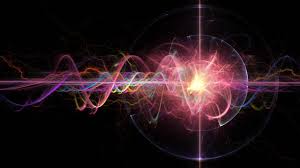
Einstein’s quantum theory postulated that light comprises discrete bundles of energy referred to as photons, each of which possesses characteristics similar to a wave. In this hypothesis, he also described the emission of electrons from certain metals when lightning strikes them. This phenomenon was referred to as the photoelectric effect.
This hypothesis was ultimately responsible for the development of television, which inspired innovators to create contemporary screen-based technologies such as cell phones, computers, and laptops.
3. General Theory of Relativity
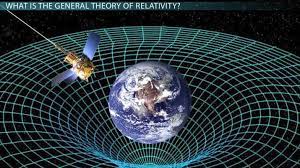
In 1916, Albert Einstein released his General Theory of Relativity to the public. In this study, we generalize the ideas presented in Special Relativity and Newton’s Law of Universal Gravitation by defining gravity as a quality shared by space and time. Because of this hypothesis, we now have a better grasp of how the larger-scale components of the universe are organized.
Einstein concluded that the physical laws do not change for observers not moving at an accelerating rate. He also found that the speed of light does not change no matter how quickly an observer moves. He concluded that space and time were intertwined and that events that took place at a specific time for one observer could occur at a different time for the next observer.
This concept can be developed further by referring to the example provided below. People riding down in an elevator cannot determine with certainty whether their velocity is governed by the gravitational pull or the elevator’s acceleration.
4. Einstein Refrigerator

This may be one of the inventions that Einstein is most famous for today that has the least amount of public awareness. Einstein came up with a design for a refrigerator that ran on nearly no energy and used ammonia, water, and butane.
Albert Einstein invented this refrigerator with Leo Szilard, a former student of Einstein’s. On November 11th, 1930, a patent was issued for the Einstein Refrigerator. The primary goal that Einstein and Szilard had in mind when they set out to design this refrigerator was to advance the technology that is used in residential refrigerators.
The report of an incident that occurred due to the breakdown of a refrigerator seal motivated Einstein and Szilard to look for a more reliable and secure alternative to the technology that was available in those days. The Einstein Refrigerator is distinguished by the absence of any moving parts, one of its distinctive characteristics.
5. Bose-Einstein condensate
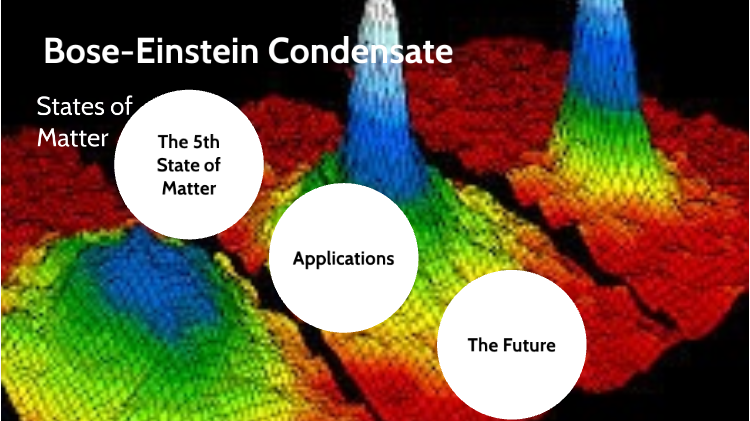
Einstein received a letter in 1924 from the physicist Satyendra Nath Bose. The paper presented a comprehensive method for conceptualizing photons of light as a gas. Einstein extended Bose’s theory to an ideal gas composed of similar atoms or molecules in which the number of particles is conserved.
A Bose-Einstein condensate is a cluster of atoms cooled to almost absolute zero. At such temperatures, they seldom change positions regarding one another. They start to form groups and come into similar levels of energy. That’s right; from a purely physical standpoint, the cluster of atoms acts like it’s made up of just one.
6. The Photoelectric Effect
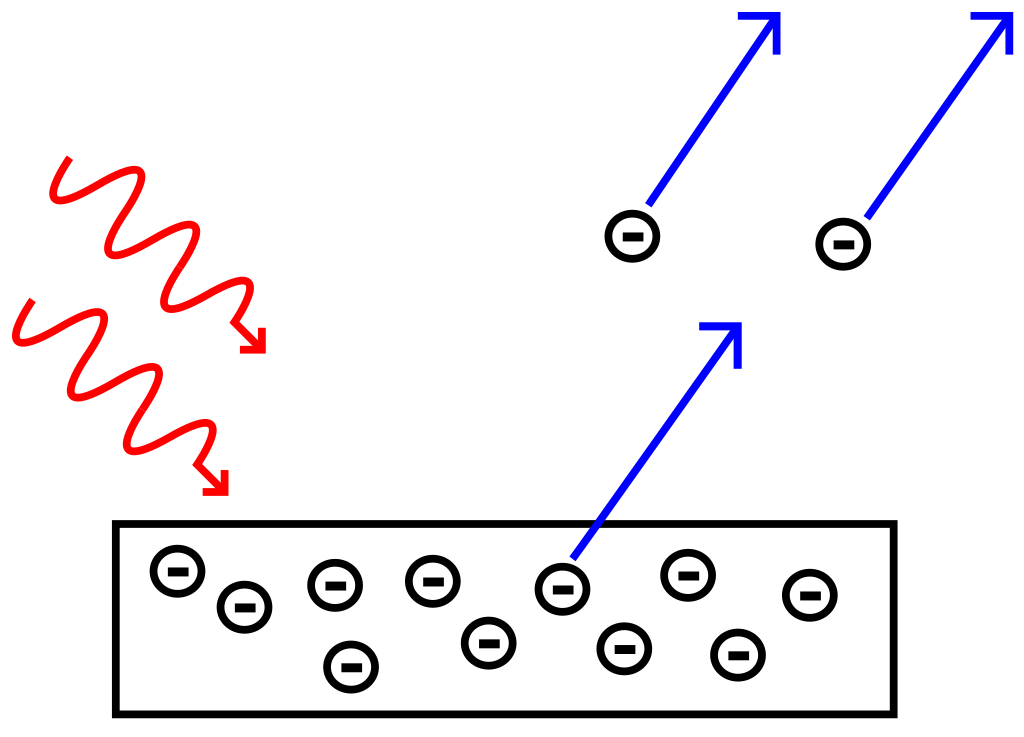
Einstein’s theory of the Photoelectric Effect explains the emission of electrons from metal when light shines on it. These electrons are released when the metal is exposed to sunlight. Scientists had noticed this phenomenon, but they had been unable to explain how the discovery squared with Maxwell’s wave theory of light. It was thanks to his theory of photons that we were able to grasp this occurrence better. He postulated that when light strikes a substance, the substance emits electrons, which he referred to as photoelectrons.
This idea served as the foundation for how solar cells produce energy; light causes atoms to release electrons, generating a current, which in turn creates electricity.
7. Brownian Movement
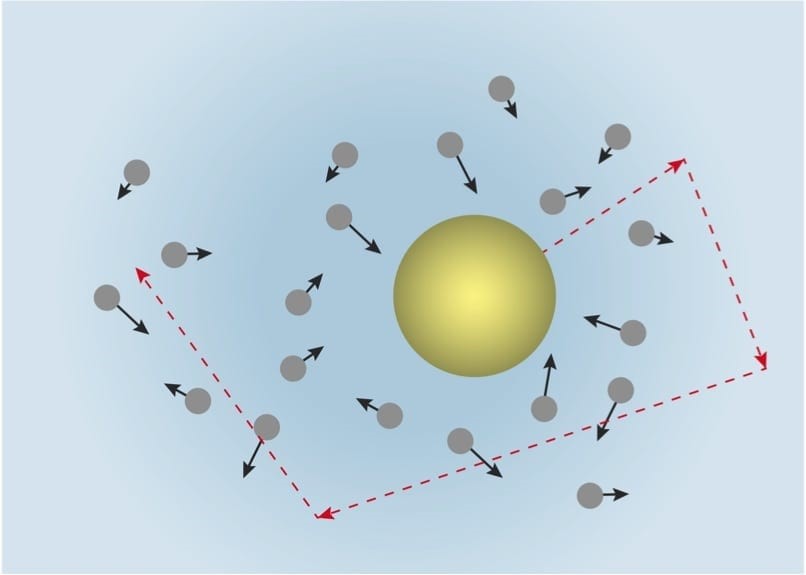
Albert Einstein is credited with making several significant contributions, one of which was the Brownian movement. During his research on the molecular theory of liquids, he attempted to make sense of the movement of particles by referring to Brownian motion. This hypothesis attempts to explain why particles in a fluid or gas travel unpredictably. Einstein explained the zigzag motion of particles while they were suspended, and the purpose of this study was to demonstrate that molecules and atoms can exist within particles.
8. Special Theory of relativity

During Einstein’s academic pursuits, he became aware of anomalies within Newtonian mechanics and how they related to the comprehension of electromagnetic, especially Maxwell’s equations. He presented a new method of thinking about the physics of things nearing the speed of light in an article published in September 1905. This idea eventually evolved into what is now known as Albert Einstein’s Special Theory of Relativity. It fundamentally altered people’s conceptions of how physics worked at the time.
This theory is predicated on two suppositions.
• The laws of physics remain the same for everyone, regardless of the velocity at which they are being observed.
• The speed of light is unaffected by either the motion of the light source or the motion of the observer; it remains constant throughout all of space and time.
Einstein had a breakthrough when he realized that observers in relative motion have a unique perception of the passage of time. He concluded that two events could take place at the same time from the viewpoint of one observer while taking place at different times from the perspective of another observer. And both observers would be correct in their assessments.
9. Wave-particle Duality

According to Einstein’s theory, light is made up of tiny particles called photons, which can be considered bundles of energy. The quantum theory of light provided an explanation for as well as a demonstration of this idea. Einstein emphasized the need to feel light as both a wave and a particle simultaneously. He stressed that photons, which are lightweight components, can exhibit the properties of particles and waves simultaneously. This idea is sometimes referred to as the wave-particle duality. He demonstrated the dual nature of light using equipment with two slits.
10. Laser

Light amplification by stimulation of radiation emission was made possible due to Einstein’s discovery of the physical principle in 1916. Einstein envisions a collection of atoms that are illuminated from all sides. Because of his prior research, he was aware that particles that existed in their low-energy state had the potential to absorb photons and then transition to a higher-energy state. Similarly, atoms with higher energies can spontaneously produce photons, which causes them to return to lower energies. After a sufficient amount of time has passed, everything returns to its normal state.
In the modern world, lasers are used in many ways, including the following;
- It makes the supermarket’s doors open automatically as you approach
- It makes home security systems alert you to the presence of an intruder
- Makes smoke alarms detect fires
11. E=mc2 Equation

In the context of Albert Einstein’s theory of special relativity, the famous mass-energy equivalence formula E=mc2, in which c refers to the speed of light in a vacuum, allowed Einstein to predict the equivalence of mass (m) and energy (E). This discovery was of the utmost significance since it demonstrated that a particle possesses energy unique from its classical kinetic and potential energies; this energy is referred to as the “rest energy.” It gave the impression that gravity could distort light and that it might be applied to the calculation of the amount of energy produced or consumed by nuclear reactions.
This formula established the connection between mass and energy, which paved the way for the development of nuclear power.
Conclusion
Indeed, the scientific theories of Albert Einstein expedited the expansion of the world in a manner that had never been seen before, and he provided scientists with the skills to shape practically every visual facet of life as it is lived today. Einstein’s work can be traced back to or linked to a wide variety of fields and industries, including the creation of nuclear energy, the synchronization of GPS satellites, computers, and a large number of common consumer goods. It is feasible to believe that Albert Einstein influenced the world in a way that was maybe unmatched by anyone else throughout its history.




